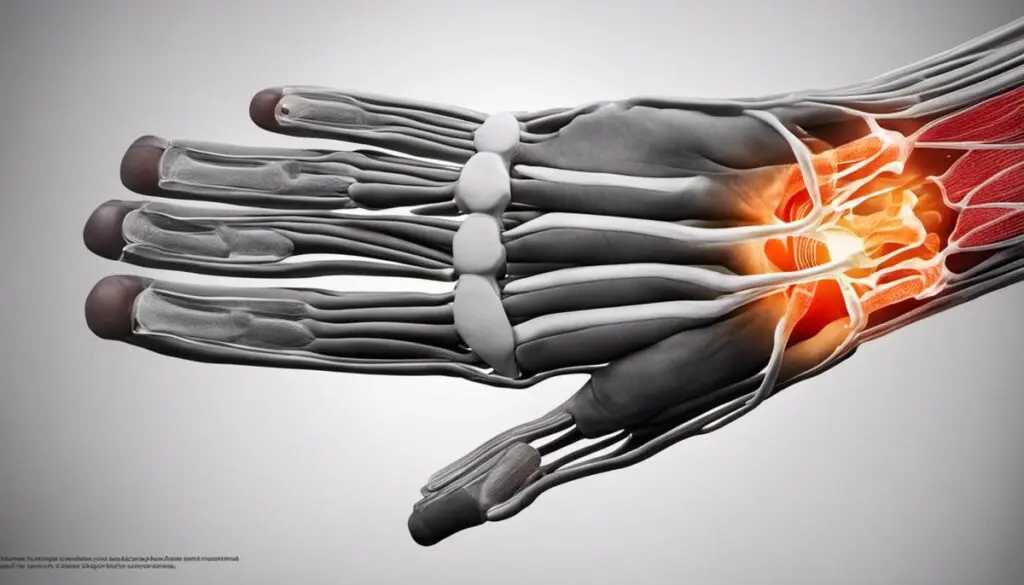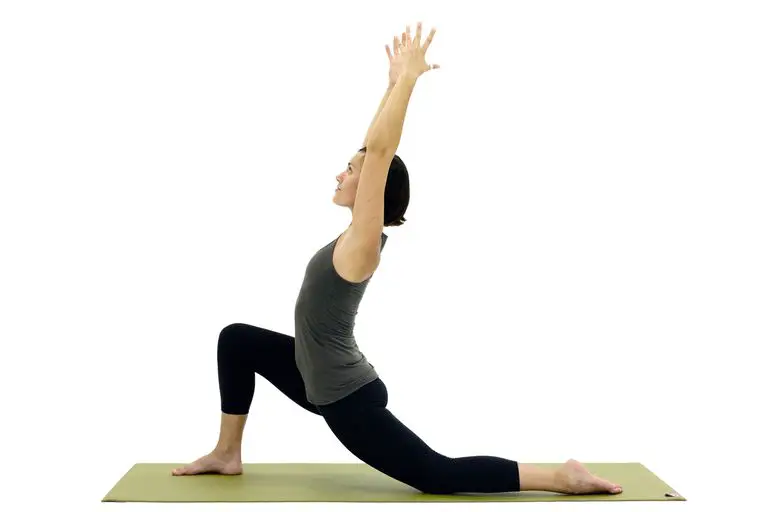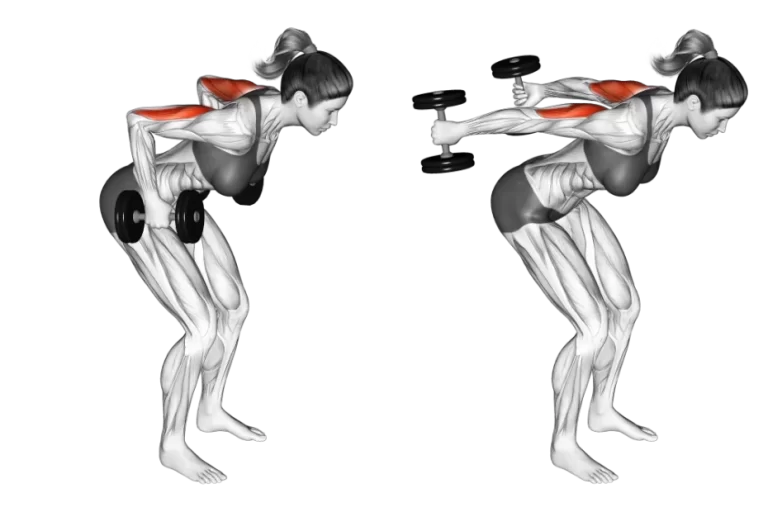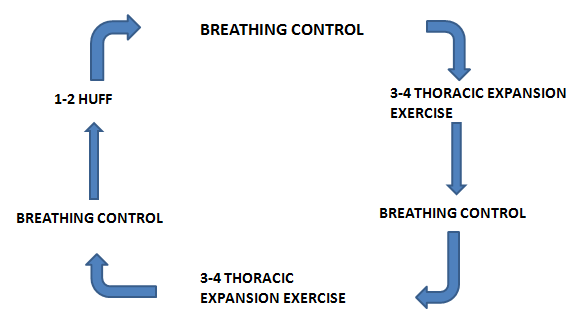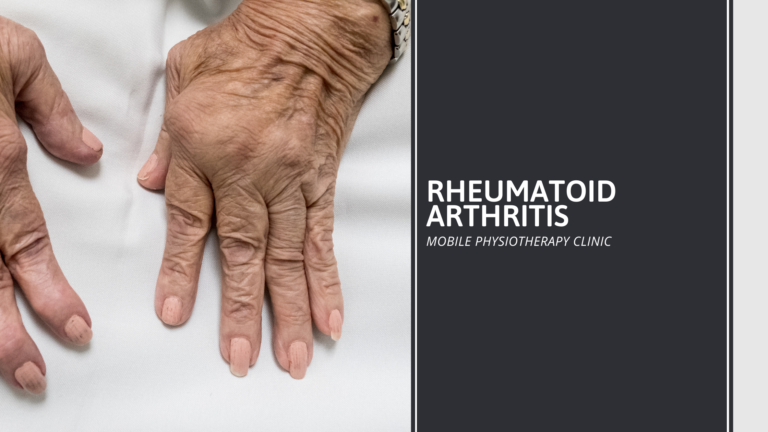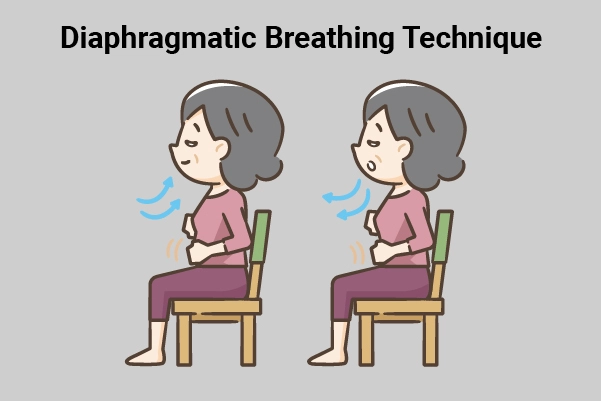Top Exercises for Carpal Tunnel Syndrome Relief
The complex world of Carpal Tunnel Syndrome (CTS) can be overwhelming for those affected by it, often causing discomfort and impacting day-to-day functionality. Understanding CTS – its causes, symptoms, the anatomical structures involved, and its overall effect on hand and wrist health – is an imperative step toward recovery.
In the quest for relief and healing, it is critical to acknowledge the importance of regular exercise. Through this, we can increase circulation, reduce inflammation, and promote regeneration.
Table of Contents
Understanding Carpal Tunnel Syndrome
Carpal Tunnel Syndrome: A Comprehensive Examination of Its Implications on the Wrist
Carpal Tunnel Syndrome (CTS) represents an intriguing yet distressing paradigm in the realm of neurological disorders. Often painted as an occupational hazard in the modern digital era, CTS has gained notoriety for its disruptive impacts on everyday life. demystifying it can garner incalculable insights into early recognition, appropriate intervention, and the prevention of long-term debilitation.
In essence, CTS is a neuromuscular condition clinically manifested by pain, numbness, and sometimes, muscular weakness in the hand and arm. This syndrome stems from excessive pressure on the median nerve, one of the principal nerves servicing the hand. The compact, narrow structure known as the ‘carpal tunnel’ nestled within the wrist shelters this nerve. It also accommodates nine tendons that facilitate finger movement.
Over-pressure on the median nerve provokes a cascade of discomforting symptoms. Biologically, the median nerve commands the thumb, index, middle, and half of the ring finger, excluding the little finger. Aggravation of this nerve significantly impairs the sensory and motor functions of these controlled regions. A distinctive attribute of CTS is the night-time exacerbation of symptoms. It is speculated that the nocturnal flexion or extension of wrists while asleep adds pressure on the already compressed nerve.
Prolonged or repetitive motion involving the wrist may contribute significantly to CTS development. Certain vocational and recreational activities involving excessive, repetitive wrist motions or heavy vibration might also intensify compression on the median nerve. Examples could include assembly line work, typing, or even hobbies such as gardening. Hence, workplace ergonomics could indeed play a pivotal role in preventing the onset or progression of CTS.
Moreover, underlying medical conditions like diabetes, rheumatoid arthritis, thyroid dysfunction, and pregnancy can predispose individuals to CTS. It is thus, incumbent upon healthcare providers to holistically consider these risk factors during diagnosis and treatment initiation.
CTS is not an ailment to be overlooked. Chronic or untreated symptoms may lead to permanent nerve damage and consequent muscle deterioration, especially in the thumb. Diagnosing CTS typically involves physical examination, and is further affirmed using nerve conduction studies, which measure the electrical impulses crossing the carpal tunnel.
Potential interventions range from non-invasive approaches such as wrist splinting, avoidance of triggering activities, or steroid injections, to surgical procedures if necessary. Early detection and prompt treatment thereby remain paramount to prevent irreversible damage.
Undeniably, the intricate phenomenon of Carpal Tunnel Syndrome goes beyond a mere pain in the hand. It embodies the profound interface between repetitive activity, occupational predisposition, and systemic health conditions. A deep dive into its mechanisms not only enriches our understanding of the human body’s intricate functioning but underscores the importance of acknowledging and addressing something seemingly innocuous before it evolves into a debilitating obstacle.

Importance of Regular Exercise for Carpal Tunnel
The Central Role of Exercise Therapy in Managing Carpal Tunnel Syndrome
Considered as an integral part of non-surgical interventions, physical exercise emerges as a crucial tool in the management of Carpal Tunnel Syndrome (CTS). Currently, the effects of targeted exercises on mitigating the symptoms and progression of CTS have been substantially supported by a wealth of scientific evidence.
Exercise therapy chiefly involves structured activities designed to strengthen key muscles in the hand and wrist, maintaining good blood flow, and freeing entrapped or compressed nerves. Regular implementation of these activities has been observed to assert several positive impacts, thus substantiating the significance of exercise in CTS management.
Notably, exercise contributes to improved hand and wrist flexibility. A combination of stretching and strengthening exercises helps maintain the proper alignment of the bones and tissues within the carpal tunnel. This reduces pressure on the median nerve and alleviates CTS symptoms such as tingling, numbness, and pain.
Exercise intervention also fosters hand function and grip strength. By maintaining wrist and hand muscles in optimum condition, these exercises help individuals regain their ability to perform daily activities with lesser difficulty. Recent studies corroborate this, showing marked improvements in hand function among CTS patients who undertake regular exercise regimens.
Besides these direct effects, exercise also promotes overall hand health. Regular hand and wrist exercises encourage better blood circulation, which is critical for nourishing tissues and carrying away waste materials. This improved circulation can help slow or even reverse the pathological changes within the carpal tunnel, thus impeding CTS progression.
The efficacy of exercise therapy varies among individuals, depending on the severity of the symptoms and the specificity of the exercises being undertaken. Therefore, a personalized exercise regimen, fashioned by a knowledgeable professional such as a physical or occupational therapist, is often the most effective.
Exercise therapy should commence with gentle stretching exercises, gradually incorporating strengthening routines as the patient tolerates. Key exercises used in CTS management include tendon gliding, nerve gliding, and strength-building exercises for wrist extensors and flexors.
Initiating exercise therapy in the early stages of CTS may forestall the need for more aggressive treatments, such as corticosteroid injections or surgery. However, maintaining diligence is of utmost importance; exercises need to be consistently performed to appreciate their full benefits.
In conclusion, though not a cure-all, exercise therapy complements other treatments in effectively managing CTS. Scientific inquiry continues to innovate and refine the role of exercise for CTS patients—a testament to its undeniable relevance in this field. As we journey on this quest, every step towards deeper understanding and better practices unfolds the potential to transform lives with CTS.

Effective Exercises for Carpal Tunnel Syndrome
Recognizing the critical role of regular exercises in managing Carpal Tunnel Syndrome (CTS) is integral. These therapeutic interventions play a significant role in the reduction of symptoms by fostering hand and wrist flexibility, ultimately reducing the pressure exerted on the median nerve. Therefore, a routine designed to endorse regular flexibility and strength-building exercises will manifest substantial progress in the journey toward mitigating CTS symptoms.
Evidence suggests a promising influence of exercise intervention on functional attributes of hands predominantly in terms of grip strength. Such improvements are derived from the incorporation of specific exercises tailored to manage CTS, promoting overall hand health through improved blood circulation. Blood circulation, in turn, ensures the adequate provisioning of nutrients and oxygen, contributing vitally to the recovery processes within the affected area.
By fostering bodily autonomy over time, these exercises can potentially negate the reliance on more invasive treatments such as corticosteroid injections or surgery. However, it is crucial to underline the necessity of a personalized approach in administering these exercises, a task often undertaken by healthcare professionals well-versed in CTS and its nuances.
Fundamentally, there are three types of exercises that have shown substantial benefits in managing symptoms of CTS:
- Tendon gliding: exercises, involving different hand positions, are designed to promote the smooth movement of tendons within the carpal tunnel. This limits friction and reduces swelling, thus alleviating symptoms in the long run.
- Median Nerve gliding: exercises, on the other hand, aim at enhancing the movement of the median nerve within the carpal tunnel. This promotes increased flexibility and reduces stiffness, significantly limiting pain and numbness.
- Wrist flexion and extension stretches: These stretches help to loosen the muscles and tendons in the wrist and forearm. To do a wrist flexion stretch, place your hand on a flat surface with your palm facing down. Gently bend your wrist back until you feel a stretch in the front of your forearm. Hold the stretch for 15 seconds, then repeat 5 times. To do a wrist extension stretch, place your hand on a flat surface with your palm facing up. Gently bend your wrist forward until you feel a stretch in the back of your forearm. Hold the stretch for 15 seconds, then repeat 5 times.
- Strength-building: exercises are centered around promoting muscular balance in the hand and forearm. An essential aspect to remember with this type of exercise is that the intensity should be low to moderate since a high-intensity workout may have the adverse effect of compounding the symptoms of CTS.
Undoubtedly, exercise therapy in the management of CTS necessitates consistency. A regular, moderate-frequency exercise regimen, fine-tuned to the individual’s comfort level, promises appreciable reduction in symptoms and improved hand function. Such commitment to therapeutic exercise encourages greater functional outcomes and a higher quality of life, providing individuals with a proactive role in their health.
It is important to note that while these exercises hold the potential to alleviate some of the discomforts caused by CTS, they are not intended as a standalone cure. Exercise intervention as part of CTS management should ideally be combined with other non-invasive interventions and lifestyle modifications consistent with an overall treatment plan curated by a medical professional. It marks a proactive step individuals can take in concert with medical advice to better manage their CTS symptoms, and ultimately, their overall well-being.
Exploring therapeutic exercises targeted towards not only relieving symptoms, but also improving strength, flexibility, and overall wrist health, is integral in managing Carpal Tunnel Syndrome. Embarking on this journey of incorporating these exercises into your routine may not seem easy in the initial stages. Nonetheless, with consistent and conscientious effort, significant progress can be made. It’s time to take a proactive stance — embrace the power of activity in improving wrist health, and regain control of your life from Carpal Tunnel Syndrome.

